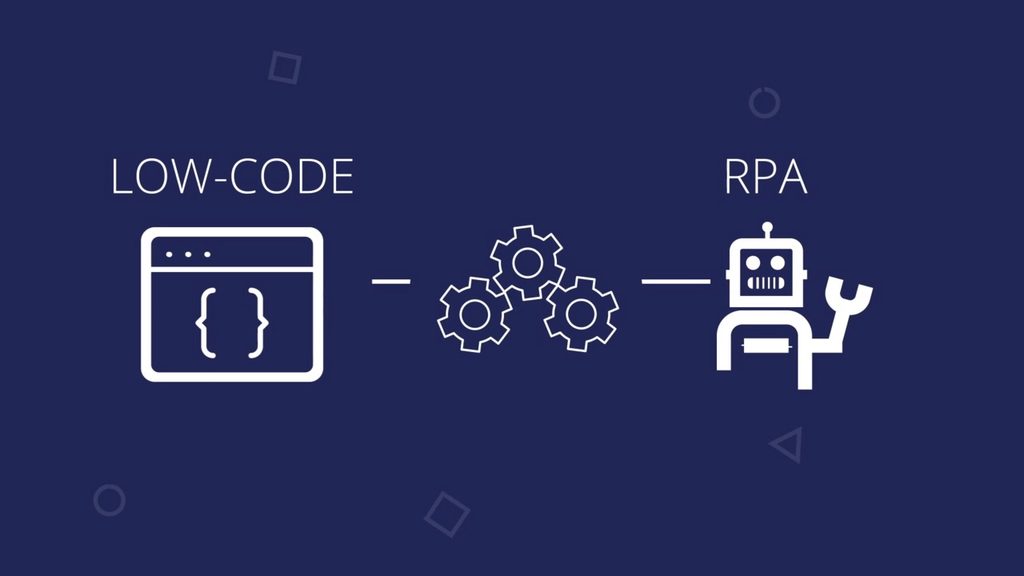
Digital process automation, unleashed

“We were able to work with business and IT, look at a process, optimize it, and basically automate 100% of [it].”
3 things to know before you start
Digital process automation (DPA) isn't a single piece of technology.
Unlike business process management (BPM) and robotic process automation (RPA) – standalone technologies that automate existing processes – DPA unifies different technologies to transform your entire organization. Think of it as a holistic approach to automation, from start to finish.
DPA helps enterprises work smarter. Literally.
DPA harnesses real-time intelligence, combined with design thinking methodologies, to streamline processes and create better experiences for employees and customers.
DPA is way bigger than front office or back office.
Structural and technical boundaries can stand in the way of organization-wide excellence. DPA brings business and IT together to design software that delivers the best possible outcomes, anywhere, anytime.
Learn how to avoid common mistakes and chart a path to operational excellence.
Pega's low-code platform recognized with highest possible scores in five categories.
Goodbye, silos. Hello, seamless experiences.
Keeping pace with change means constantly delivering new front-end customer experiences. But you need to maintain business-critical back-end systems too.
So how do you manage both without creating more channel silos, or widening the data gaps between dozens of new apps and processes that already exist? If your architecture is fractured, it’s costly to modify, hard to scale, and inevitably fails to deliver the seamless experiences customers expect.
Digital process automation (DPA) helps you avoid tradeoffs by seamlessly connecting front-end experiences to back-end legacy systems. “Wrap and renew” outdated systems with an open, extensible layer that improves business outcomes immediately. No more silos. And that means no limits.
Get work done, one journey at a time
Every customer journey has an end goal: buying a product, opening an account, fixing an issue. Digital process automation (DPA) focuses on how you get there.
When organizations automate individual tasks, they often lose sight of the ultimate outcome, leaving journeys tangled up in fragmented systems, individual channels, and organizational silos. With DPA, you can redesign workflows from a journey-centric perspective – connecting disparate processes and systems and automating for operational efficiency. How? Turn AI into operational intelligence that helps you evaluate what’s working and what’s not. Then use case management to visualize and track progress every step of the way.
So go ahead, pick an outcome. Streamline the process. And start delivering value to your customers, faster.

Pega Founder & CEO Alan Trefler says focusing on small interactions can make a big impact.

Evolve faster. Collaborate better.
All roads lead to digital transformation. But how do you really get there and bring about meaningful change? You need to rethink processes and connections. See how low-code development and RPA can help you connect all the dots to bring about the kinds of experiences you want your customers and your employees to have.

Link Market Services optimizes employee efficiency with Pega WFI
By understanding our business much better, we were able to target the implementation of automations that hit our customer needs, our employee needs, and gave us the biggest wins.

Orchestrate work from end to end
Pega Case Management
Manage all the processes and tasks needed to achieve business outcomes.
ExplorePega App Development
Stay ahead of the curve and build faster with low-code app development.
ExplorePega Robotic Automation
Work smarter and improve efficiency with Pega’s patented attended automation.
Explore